 Originally posted by Ontarian50
Originally posted by Ontarian50 
There was no real fisheye effect, just a wide angle with bad distortion.
To be more serious, there is more to shooting with a fisheye than "fisheye effect". While many may buy one as a novelty lens, I use mine (both the Zenitar and Rokinon) as special purpose wide-angle lenses with specific optical characteristics that work well with many subjects.
The bending of lines is not barrel distortion. It is a design characteristic. "Fisheye" is the common name applied to a family of lens designs that use some form of circular projection. Most camera lenses use rectilinear projection (straight and parallel lines appear geometrically true). Those straight lines come with a price when applied to wide and ultra-wide angle lenses. The price is something called "volume anamorphosis" where objects assume unnatural, odd, or distorted shapes. While present through most of the field, this effect is most obvious towards the periphery.
Translation? A rectilinear projection is not consistently true for all aspects of geometry.
A good parallel might be the Mercator projection used for maps where places such as Greenland appear to be disproportionately huge. By using a circular projection, this distortion is largely avoided, though at the cost of non-straight lines in some orientations. What does this mean to the photographer? Consider a small set of talking points:
- The human vision is not rectilinear
- The field of human vision is not flat
- IMAX lenses are not rectilinear
- Much of what is termed "fisheye effect" is simply perspective resulting from the wide FOV. That is why a cropped fisheye image appear less "fishy".
- Straight/parallel lines are very rare in nature. Archeologists leverage this fact when doing aerial or satellite image surveys in search of ancient ruins/cities.
- As long as the horizon appears straight and level, landscape photos taken with a fisheye lens appear quite natural to most viewers
- Fisheye line bending depends heavily on the line's orientation to the lens axis
- In cases where the horizon and other lines appear bent, the scene may still appear quite natural to most viewers, if perhaps a bit disorienting
- For subjects where critical portions "wrap" the viewer, a circular (fisheye) projection will provide a more realistic representation to the viewer
It is that last feature that drives most of my fisheye shooting. Despite the obvious novelty aspect of shooting with the Rokinon 8mm on APS-C, I seldom use the lens in that way. I have used both it and the Zenitar for general landscape photography and for events (wedding receptions are an obvious) and other settings where tightness is a characteristic of the scene. While I have several excellent means to "de-fish" in PP, I seldom do so.
Back to whether a fisheye designed for FF is useful, on APS-C, I would give it a qualified yes. I can and have shot "fishy" with the Zenitar on my crop format cameras. I can and have shot "straight" with both the Zenitar and the Rokinon on APS-C. I have also shot "straight" with the Zenitar on FF 35mm film.
Zenitar 16mm on K10D...most viewers never notice the curve...If the lens axis is level to the earth, the horizon will always be straight, but I was not concentrating on the lens axis... 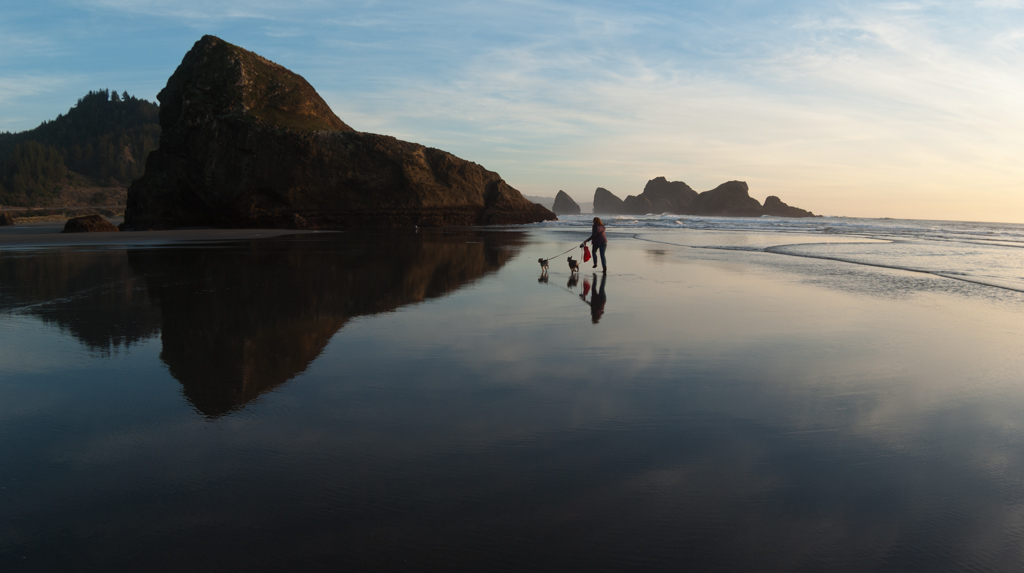 This Zenitar shot on K10D is very fishy, though you would be hard-put to notice if you had not done the shot.
This Zenitar shot on K10D is very fishy, though you would be hard-put to notice if you had not done the shot. 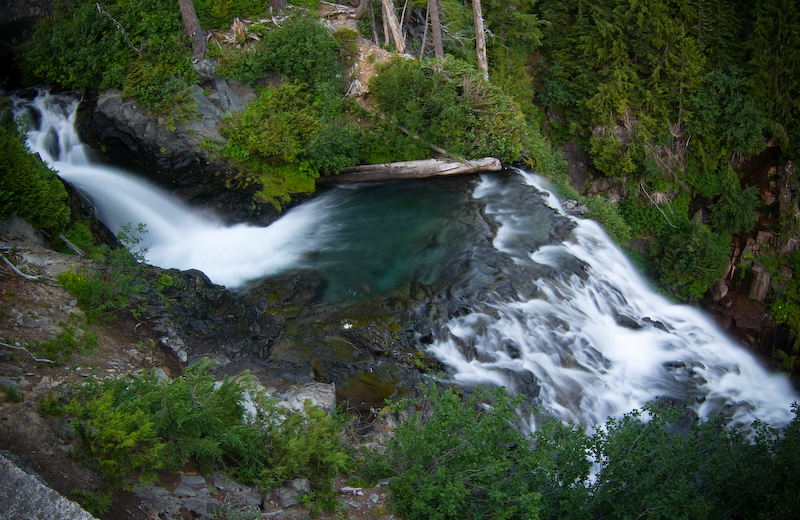 Rokinon 8mm at my daughter's wedding reception...no alien heads in this scene...
Rokinon 8mm at my daughter's wedding reception...no alien heads in this scene... 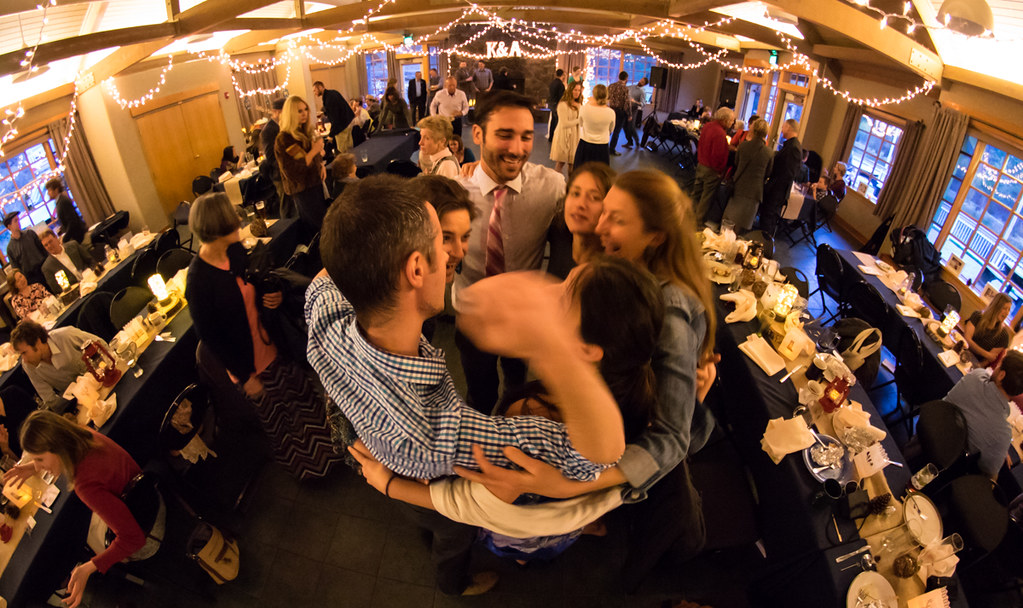
When I show people that last one, they are always surprised when I mention it was shot with a "novelty fisheye" lens.

Steve


 Similar Threads
Similar Threads 






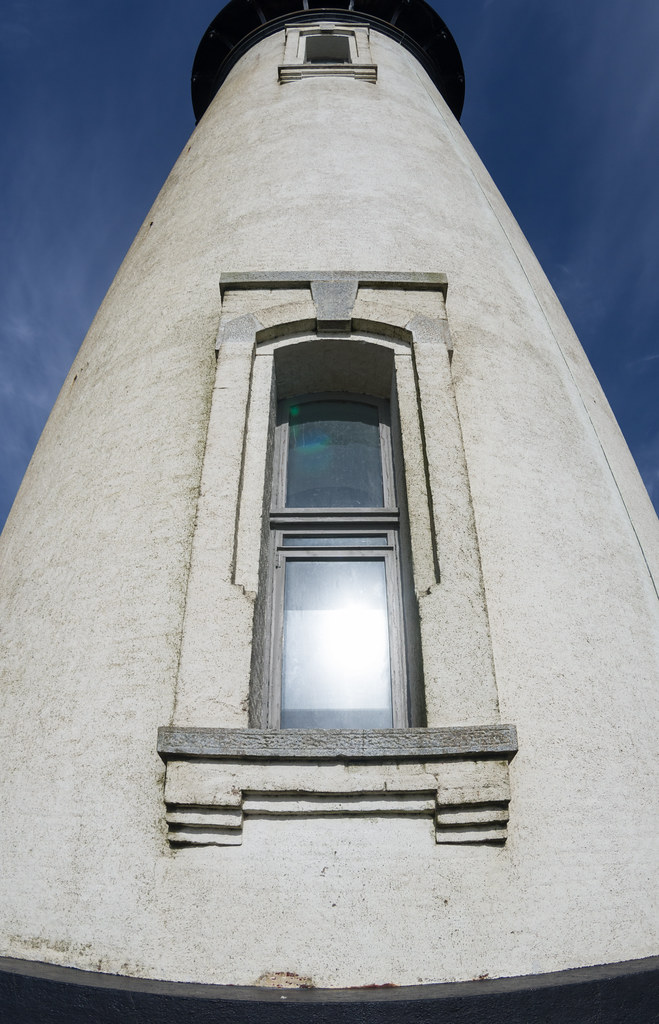








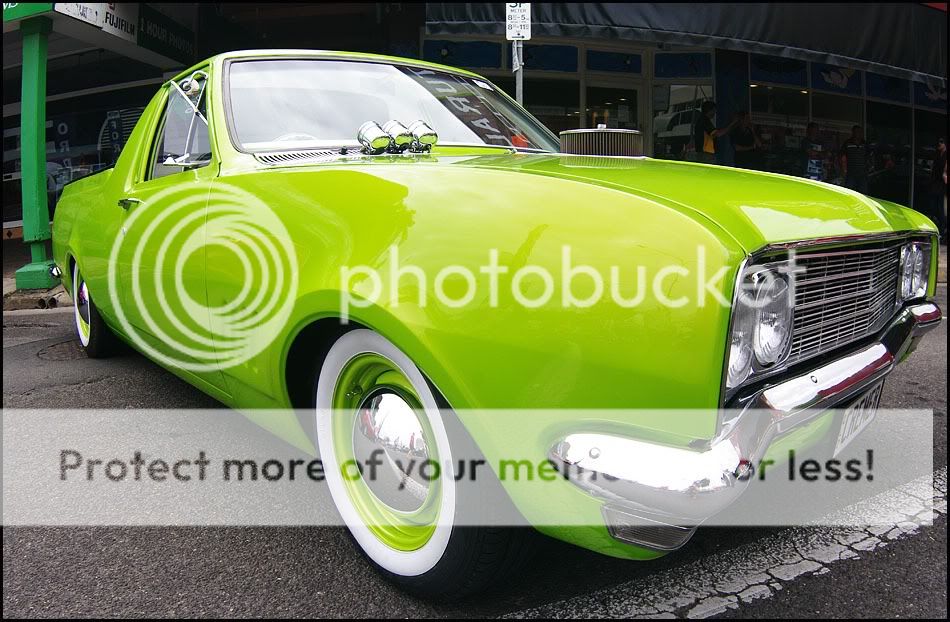






 Post #31 by Pedro Reyes
Post #31 by Pedro Reyes








